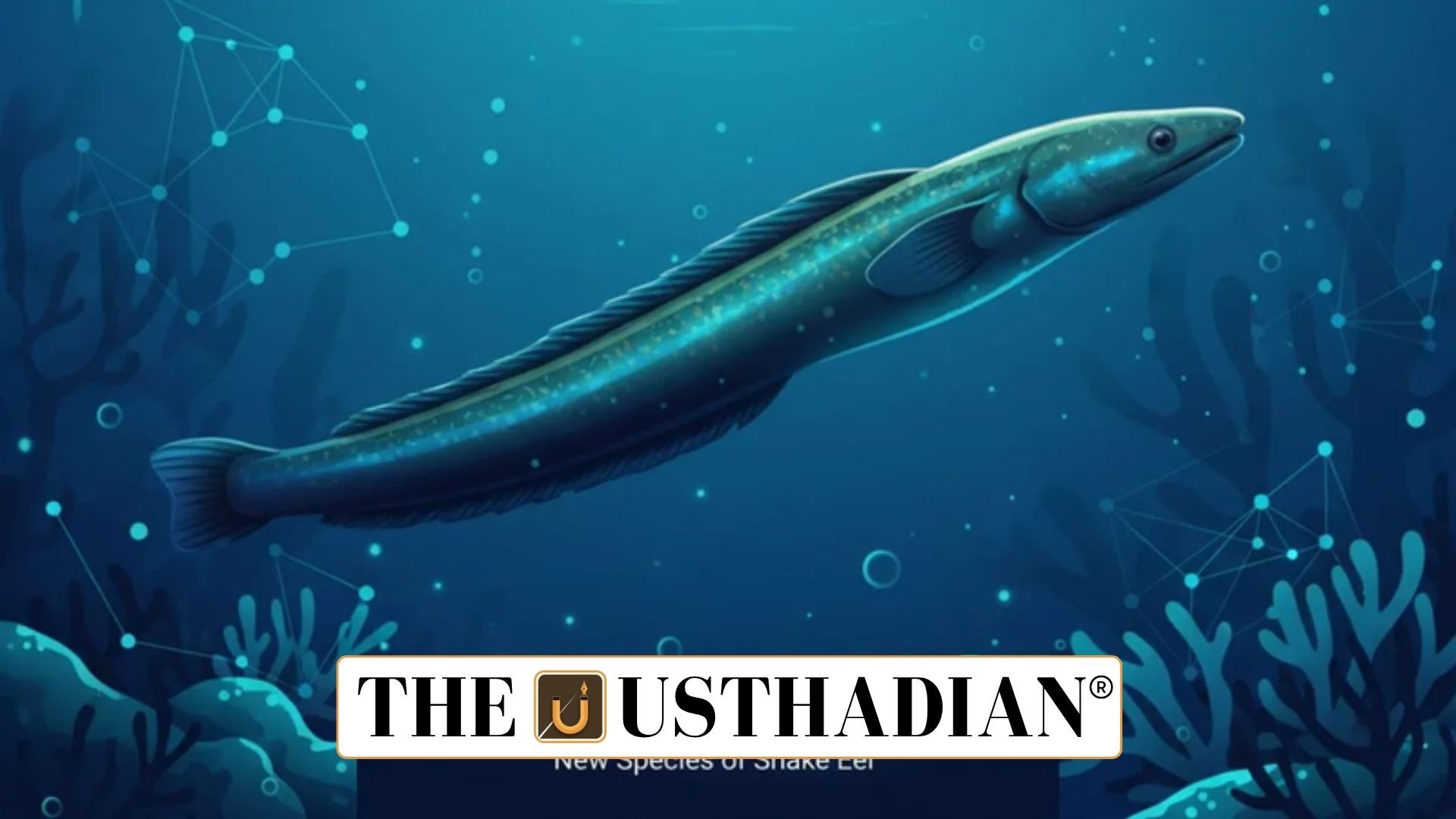New Species Identification
Snake Eel Species Discovery in India: Researchers from the National Bureau of Fish Genetic Resources (NBFGR) have discovered a new species of finless snake eel along the Indian coastline. The species belongs to the genus Apterichtus, known for its elongated, slender body and reduced fins.
Naming Significance
The newly discovered species has been named Apterichtus kanniyakumari to honour the cultural, linguistic, historical, and geographical importance of Kanniyakumari district. This naming highlights the district’s contribution to India’s marine biodiversity.
Taxonomic Features
The finless snake eel exhibits unique morphological features that distinguish it from other members of the genus. Its elongated body, absence of dorsal and pectoral fins, and specific coloration patterns confirm its novelty.
Static GK fact: The genus Apterichtus is widely distributed in tropical and subtropical marine waters.
Importance of Discovery
This is the 16th species discovered from the Indian coast by the NBFGR team, emphasizing the richness of India’s marine biodiversity. Such discoveries help strengthen marine research, conservation efforts, and understanding of coastal ecosystems.
Static GK Tip: India has a coastline of over 7,500 km, providing diverse habitats for numerous aquatic species.
Conservation and Research
Documenting new species like Apterichtus kanniyakumari aids in preserving aquatic ecosystems and supports the implementation of marine conservation policies. Researchers continue to survey coastal regions for potential undiscovered species.
Static GK fact: The Indian coast is home to more than 2,000 marine fish species, highlighting its ecological significance.
Implications for Marine Biodiversity
Discoveries like these underline the importance of sustained marine biodiversity research. Understanding species distribution patterns enhances ecological monitoring and informs policymakers on sustainable coastal management.
Static GK Tip: The NBFGR, established in 1983, plays a key role in the documentation and conservation of aquatic genetic resources in India.
Static Usthadian Current Affairs Table
Snake Eel Species Discovery in India:
| Topic | Detail |
| Species Name | Apterichtus kanniyakumari |
| Genus | Apterichtus |
| Discovering Organization | National Bureau of Fish Genetic Resources (NBFGR) |
| Significance of Name | Honors Kanniyakumari district’s cultural, linguistic, historical, and geographical importance |
| Number of Species Discovered by NBFGR | 16th species from Indian coast |
| Key Features | Finless, elongated body, specific coloration patterns |
| Importance | Strengthens marine biodiversity research and conservation |
| Coastline Coverage | India has over 7,500 km of coastline |
| Marine Species in India | Over 2,000 marine fish species |
| Research Focus | Taxonomy, marine ecosystem monitoring, conservation policies |








